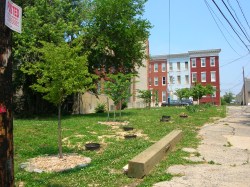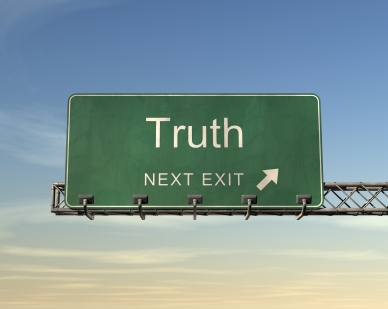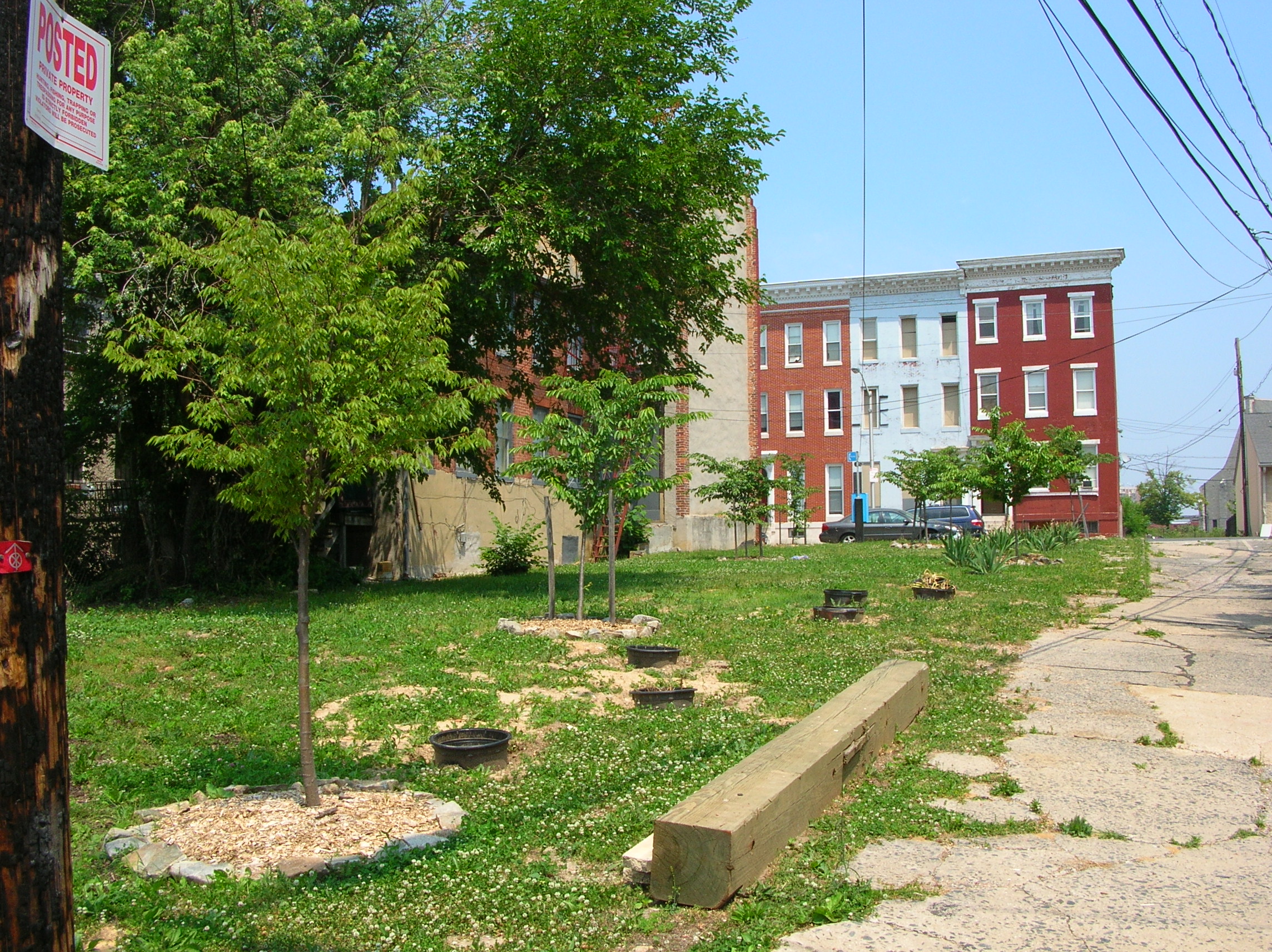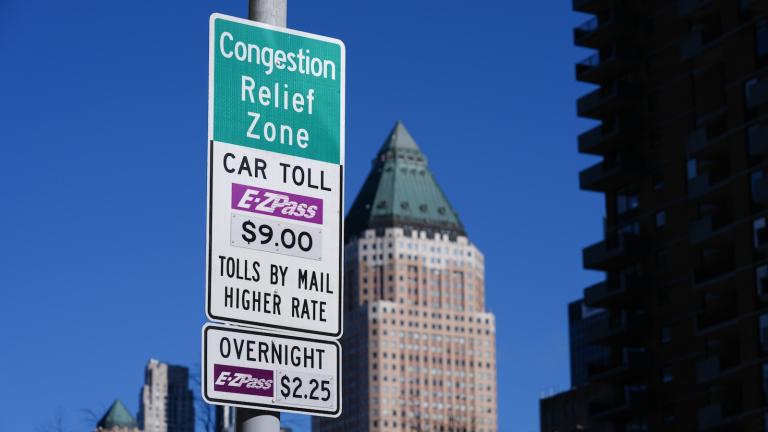 Thanks to The Wire, who can resist conjuring images of ghetto projects and rampant crime when thinking of the fine city of Baltimore? Indeed, Baltimore’s crime à la HBO is out of control. Someone should have told Detective McNulty he could have skipped five seasons’ worth of pager taps, drug raids, and binge drinking if he had only been armed with a real crime-stopping weapon: trees.
Thanks to The Wire, who can resist conjuring images of ghetto projects and rampant crime when thinking of the fine city of Baltimore? Indeed, Baltimore’s crime à la HBO is out of control. Someone should have told Detective McNulty he could have skipped five seasons’ worth of pager taps, drug raids, and binge drinking if he had only been armed with a real crime-stopping weapon: trees.
That’s right, trees. Like the big, green, CO2-sucking kind. It turns out that in addition to housing squirrels, they also reduce lawless activity. This is the conclusion drawn by a team of researchers who teased apart the relationship between tree canopy and crime in and around Baltimore. They used aggregated crime data from Spotcrime and overlaid it with high-res satellite imagery to conduct probably the largest analysis of its kind to date.
According to the study, a 10 percent increase in trees roughly equaled a 12 percent decrease in crime. “It’s really pretty striking how strong this relationship is,” says Austin Troy, director of the University of Vermont’s Transportation Research Center and lead author of the study, published in the June issue of the journal Landscape and Urban Planning.
The question of whether trees repel or attract crime has fueled two decades’ worth of arguments between cops and crime analysts. It all started back in 1992, when a couple of researchers postulated that shrubby, dense vegetation — think briar patch surrounding Sleeping Beauty’s castle — encouraged lawlessness. Bad guys like to hide out in the bushes, right?
Not so fast, said another camp. These tree huggers pointed out that people enjoy spending time in pleasant outdoor spaces, which creates more “eyes on the streets” to deter criminals from doing bad things. By this way of thinking — which is similar to Malcolm Gladwell’s favorite school of criminology, “the broken window theory” — a well-tended bunch of trees sends a warning to would-be robbers that stoop-sitters and dog-walkers are watching. “If I was a criminal, that’s probably not where I’d want to be,” Troy says.
Lest you think that the connection between trees and crime-free zones is a simple result of the fact that trees are an indicator of wealthier parts of town, the researchers were all over this one. In their models, they controlled for all kinds of socioeconomic factors, including income, housing age, and owner race, plus adjusted for other variables associated with tree cover, like ruralness and population density. After holding all of these points steady, trees still wound up on top.
There were a few exceptions to the rule, however. A few pesky Baltimore locales actually showed the opposite effect — that trees increased crime. These haunts were a sort of no-man’s land of vacant expanses nestled between industrial and residential areas. Troy suspects that the type of vegetation growing there is of the shrubby, weedy variety rather than the majestic, treeish kind, though a formal study would have to prove this. If he’s right, the two arguments — that criminals like to hide out in the bushes, and that criminals don’t like pretty trees — may not be so incompatible after all.
Troy and his colleagues plan to filter out the effects of different vegetation types in future studies, but for now they suggest the police become a bit more hands-on in urban landscape planning and green thumbing. “This is an element of crime fighting,” he says, adding that it’s “a major addition to the burgeoning list of the many benefits of urban trees.”



